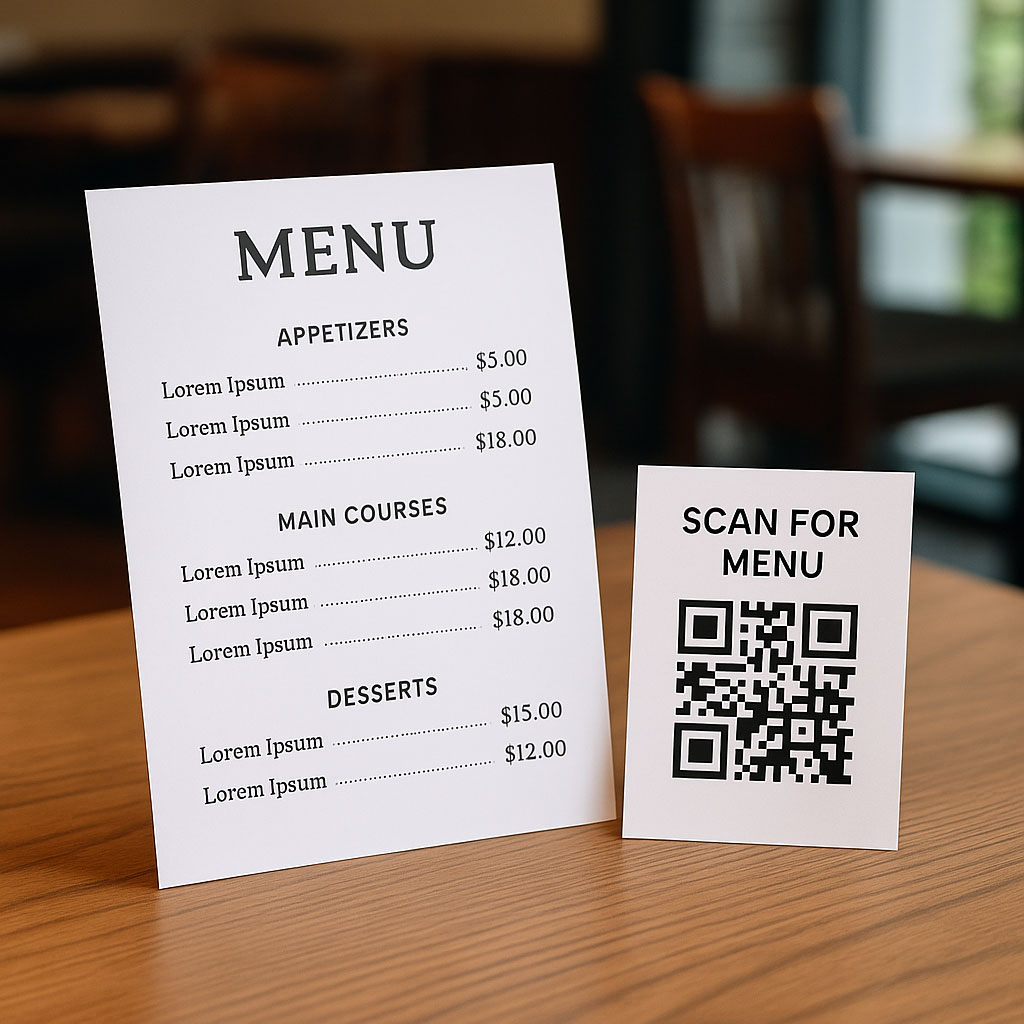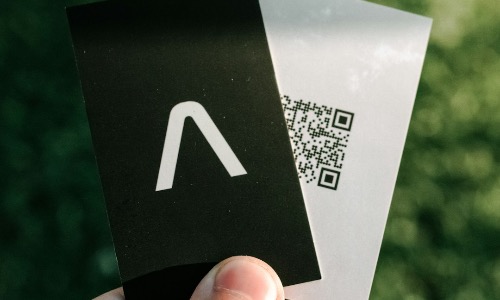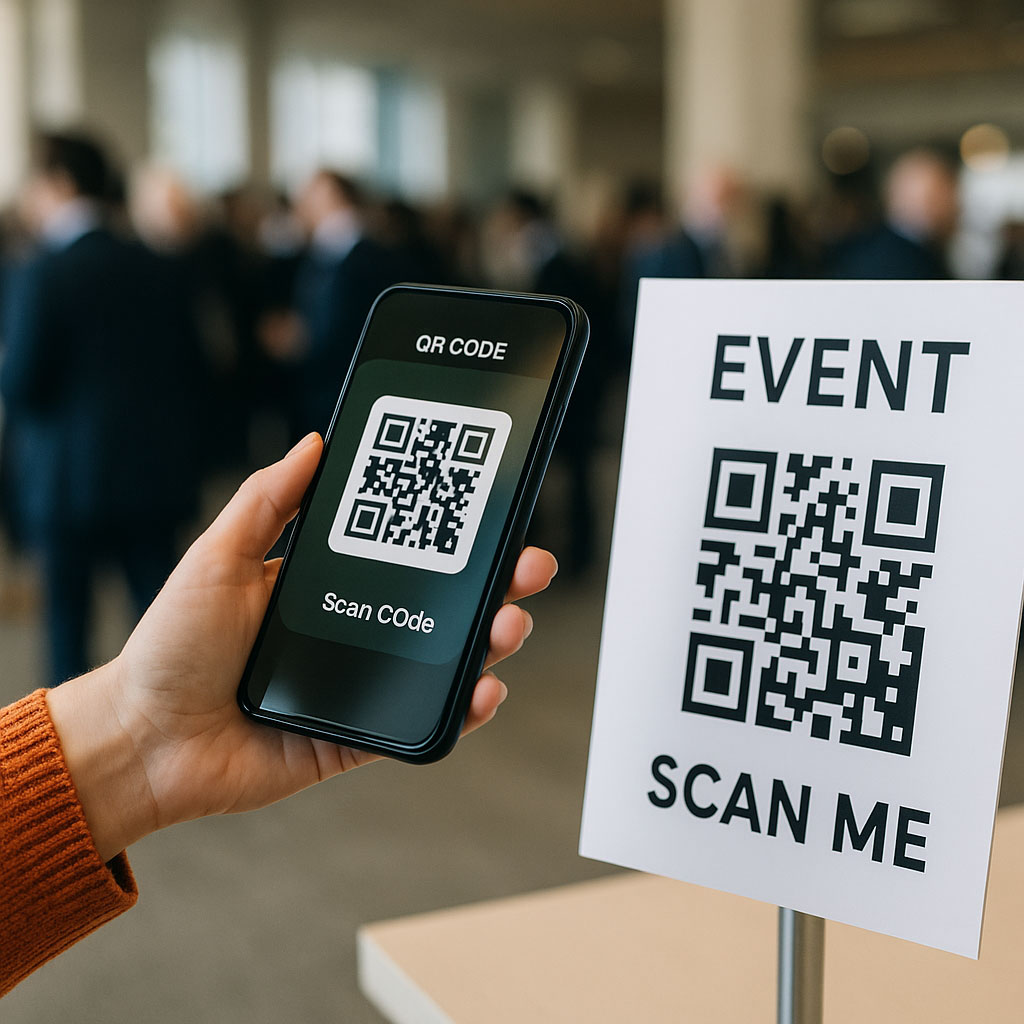Restaurants serve more than food. They manage menus, customer service, feedback, and marketing. QR codes help with these tasks in a way that feels simple and natural to the customer.
This post explains the practical benefits of using QR codes in a restaurant setting.
Contactless Menus
Customers scan a QR code at the table to open the menu on their phones. This removes the need for printed menus and reduces physical contact. It also speeds up table turnover since staff no longer need to clean and replace menus between visits.
Cost Savings
Printing menus every time there’s a change costs time and money. With a QR code, you can update the digital menu and keep the printed code the same. This works well for seasonal dishes, price changes, or adding new items without reprinting.
Easy Updates
Restaurant owners and managers often change their menus. QR codes give them a simple way to share those updates in real time. If the link behind the QR code points to a menu file or webpage, the change happens instantly without reprinting anything.
Better Marketing Opportunities
A QR code can link to more than a menu. It can take customers to a loyalty program, an email sign-up page, or a survey. You can also use codes to promote a new dish or an upcoming event. Some restaurants include QR codes on receipts, encouraging repeat visits or offering a discount for feedback.
More Convenience for Customers
People are used to scanning QR codes. They want quick access to information without extra steps. A clear sign on the table with a QR code gives them what they need without waiting for a server. Some restaurants also add codes to takeout packaging or food trucks to offer updates or directions.

QR codes give restaurants an easy way to improve how they serve their customers. They keep things clean, flexible, and efficient.
To create a QR code for your menu or promotion, visit ConvertQR.com.






